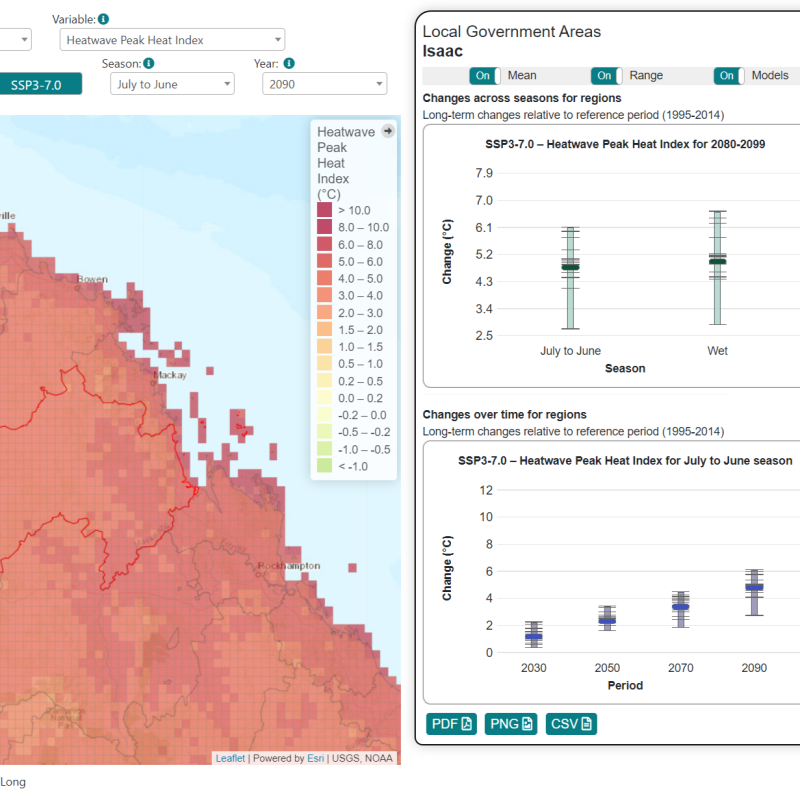Strengthening Queensland tourism's climate resilience
Queensland’s tourism industry is a vital cog in the state’s economy.
But our beautiful natural assets that attract visitors from every corner of the world are vulnerable to the effects of extreme weather events.
Additionally, climate change is expected to have significant impacts for the tourism industry, much of which is comprised of small-to-medium-sized enterprises lacking the resources to withstand extreme weather events.
The industry is vulnerable to a range of threats, from higher temperatures and rising sea levels to more intense downpours and increased bushfires and tropical cyclones.
Queensland is already recognised as the most disaster affected state in Australia, having been hit by 120 natural disaster events since the summer of 2010-11, including extensive floods over the summer of 2021-22.
Those floods prompted the Queensland Reconstruction Authority (QRA) and Queensland's Department of Tourism and Sport (DTS) to establish a $7 million Tourism Recovery and Resilience Package under the joint Commonwealth-state Disaster Recovery Funding Arrangements (DRFA) to provide targeted support to the tourism industry in affected areas.
Using DRFA funding, DTS created an online platform to combine data and information on tourism assets and climate risks to identify future areas of sustainable development.
The Queensland Tourism Resilience Platform was purpose designed to help the tourism industry address the challenges of extreme weather and support sustainable and resilient tourism development across Queensland.
The platform, designed and developed in collaboration with a wide range of stakeholders, is a game-changer that will assist recovery and build long-term sustainability of the tourism industry.
State government agencies, regional tourism organisations and local councils now have the tourism, climate change, economic and market data they need to support tourism-related investment, risk management and planning.
Delivered in partnership with engineering company AECOM, the platform was officially launched in December 2023 and has quickly become a hit, already attracting more than 300 registered users.
Climate data from the Queensland Future Climate Dashboard, and CSIRO and Bureau of Meteorology Cluster Reports, can be combined with data on tourism assets from sources like the Australian Tourism Data Warehouse (ATDW), Trip Advisor, and Smith Travel Research, and socio-economic data from the Australian Bureau of Statistics, with modelling completed by SGS Economics.
Harnessing this information helps users with program design, building industry capability, and developing plans for destination management, business continuity, and disaster risk management.
More information about the platform can be requested via tourism@dtis.qld.gov.au.

